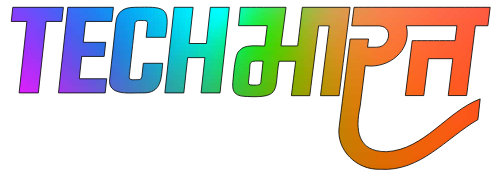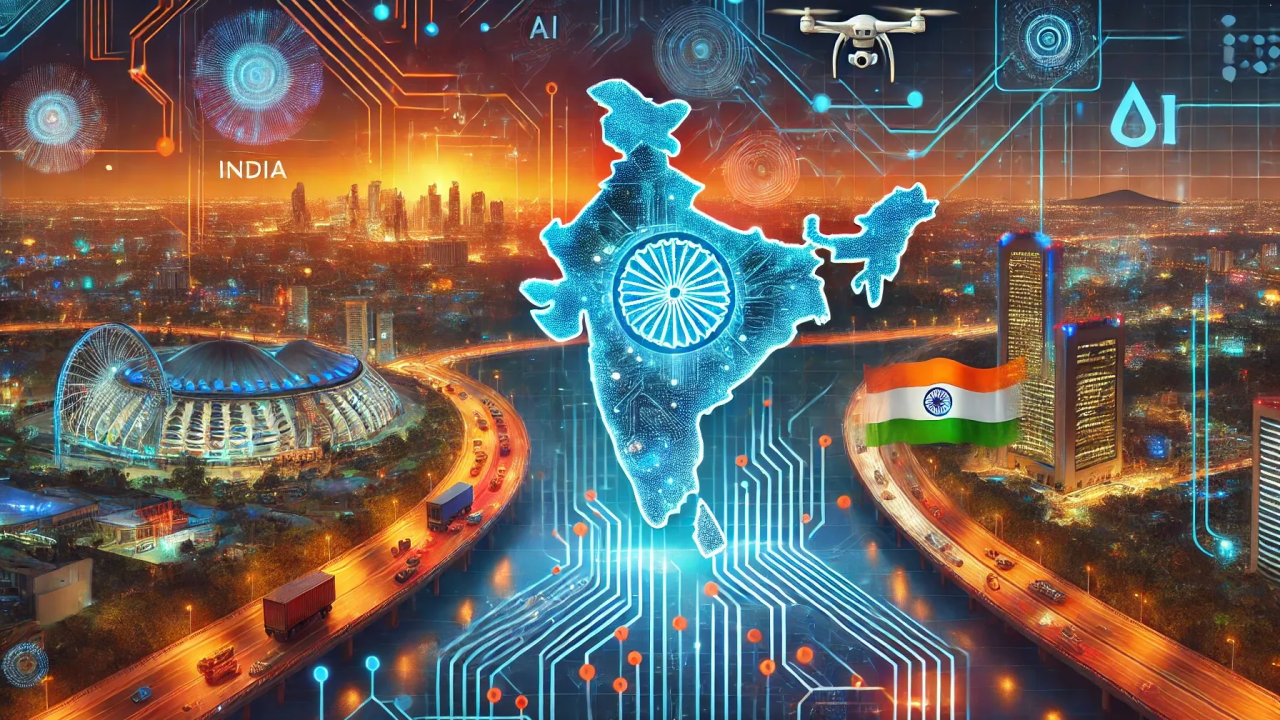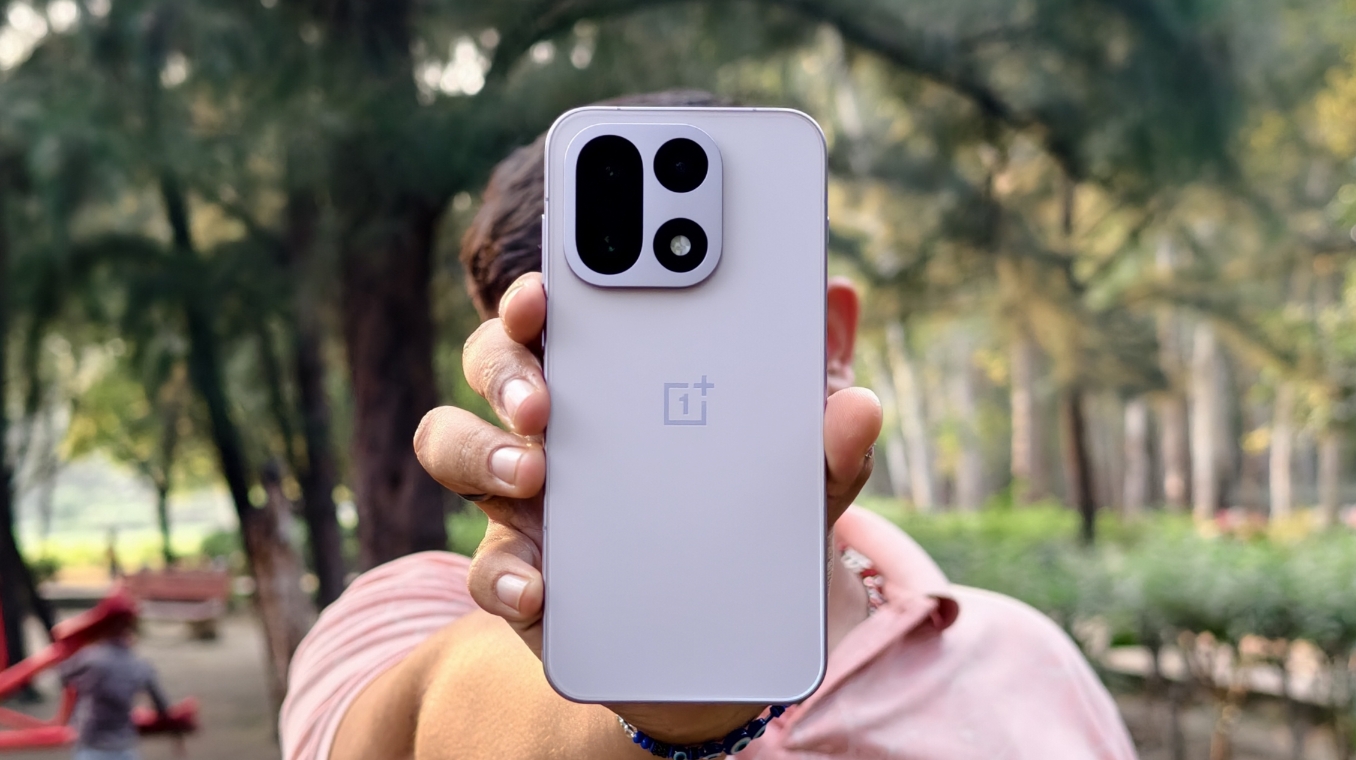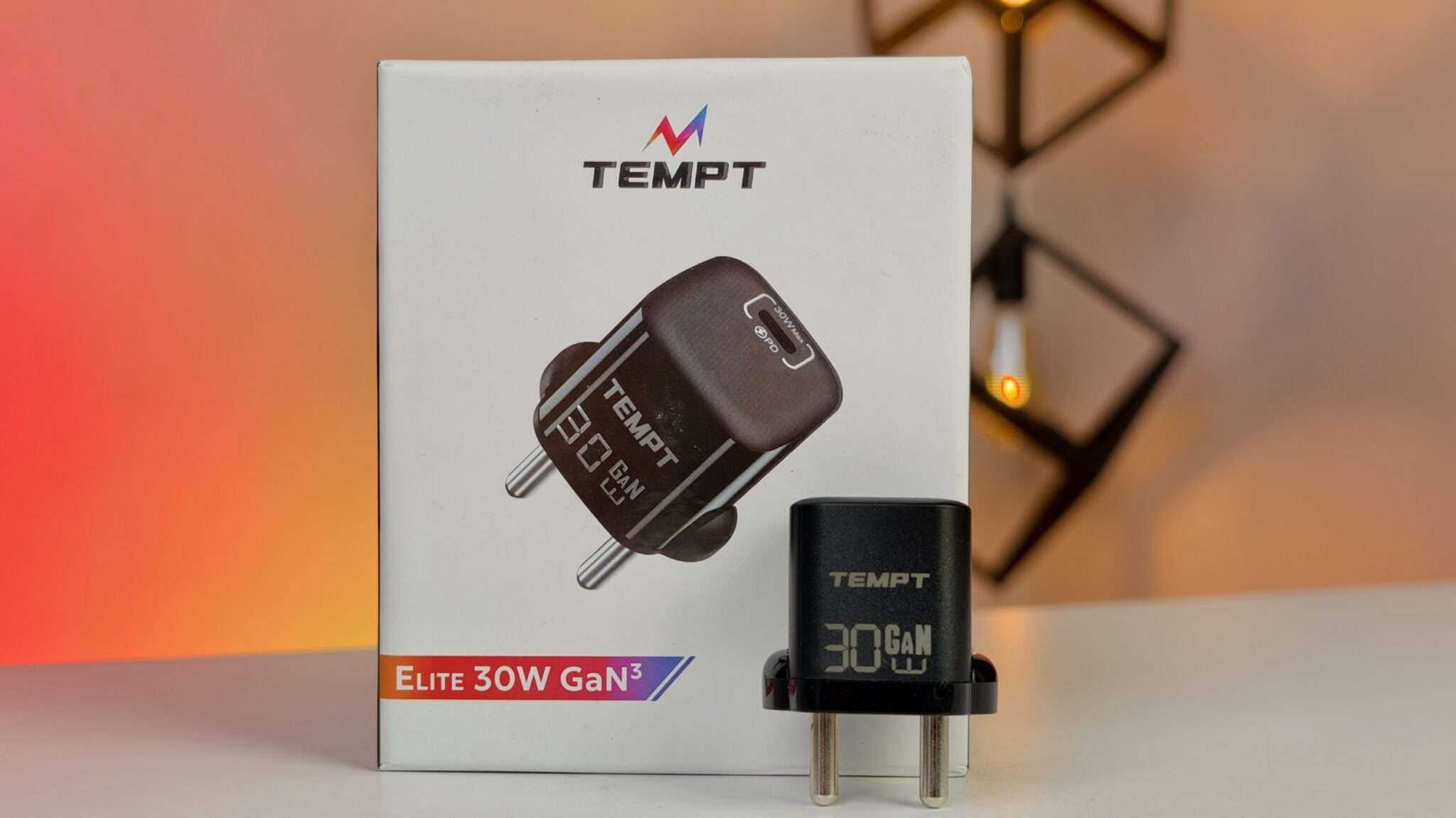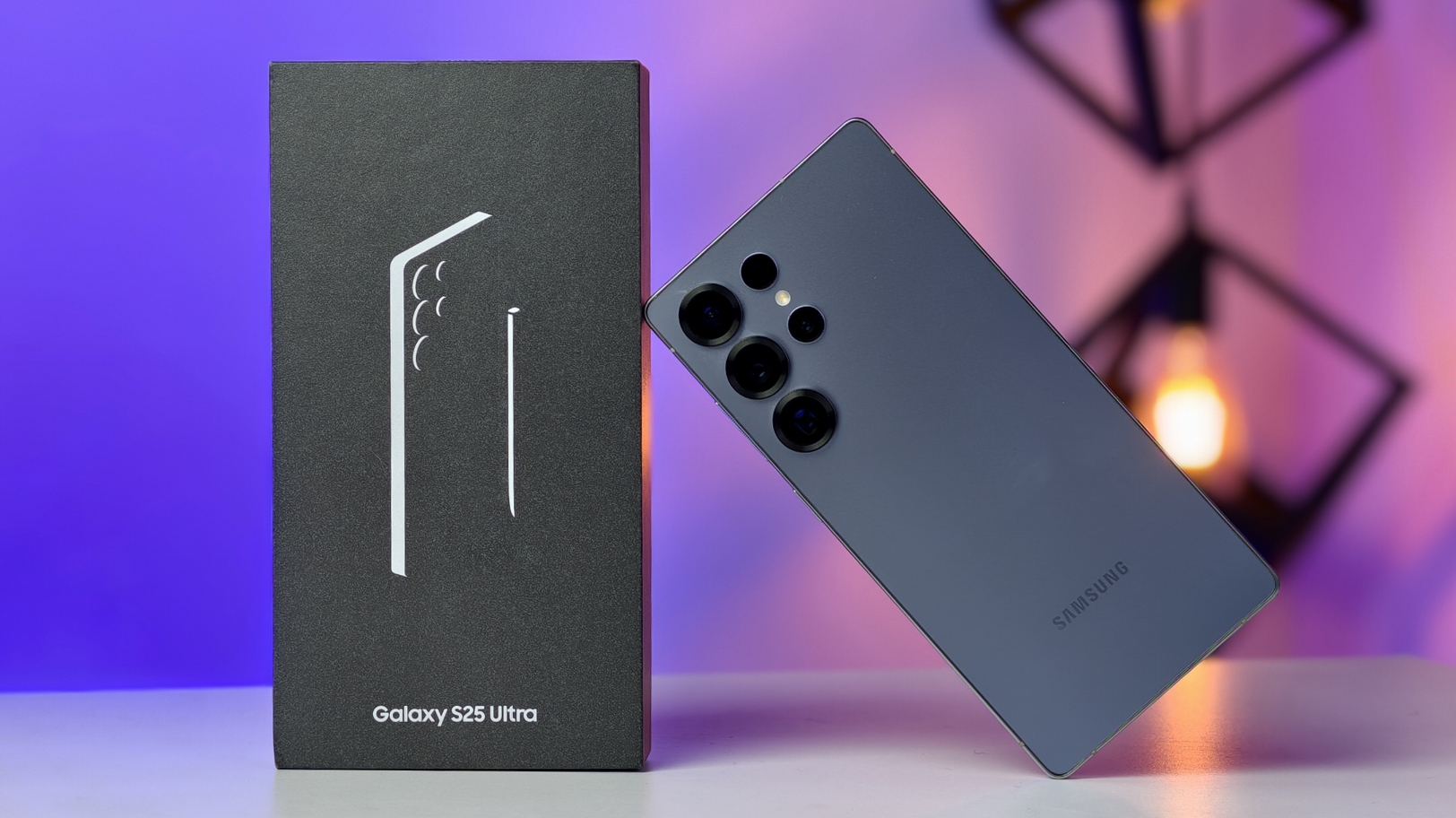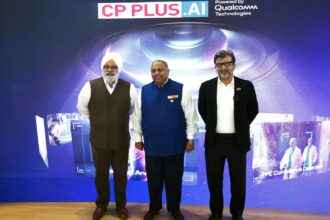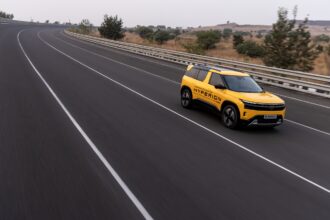India’s race to boost its artificial intelligence capabilities seems to be picking up serious momentum. In what feels like a very short span, the country is on course to own more than 46,000 Graphics Processing Units (GPUs) — a huge leap that could well reshape the nation’s digital landscape. This fast-paced scaling, largely driven by the IndiaAI Mission, signals a strong national intent to emerge as a major global AI hub.
Recent updates from the Ministry of Electronics and Information Technology (MeitY) show an unmistakable push to nurture a solid AI ecosystem. Ashwini Vaishnaw, the Union Minister for Electronics and IT, has been vocal about this vision, emphasizing the importance of democratizing AI access across the board.
Building a Stronger Foundation
India’s national compute capacity for AI hasn’t just grown—it’s already surpassed 34,000 GPUs. This surge comes after adding nearly 16,000 new units, topping off an existing pool of around 18,400 GPUs already empanelled. And here’s the kicker: the government is in the middle of a third procurement round, aiming to bring in another 14,000 GPUs. If this all goes smoothly, India could hit that 46,000 GPU mark pretty quickly, maybe even sooner than expected.
This massive expansion is part of the IndiaAI Mission, which has been allocated a hefty budget of ₹10,372 crore. The mission’s goal isn’t just about hardware—it’s about creating a broad AI ecosystem that encourages collaboration between government bodies and the private sector alike.
Key Players and Affordable Access
Several industry players are instrumental in this rapid growth. Names like Cyfuture India, Ishan Infotech, Locuz Enterprise Solutions, Netmagic IT Services, Sify Digital, Vensysco Technologies, and Yotta Data Services are actively supplying a range of AI compute units. These include top-tier Nvidia GPUs (H100, H200, B200), AMD’s MI300X and MI325X, and Intel’s Gaudi series chips.
But perhaps what’s even more interesting is the effort to keep AI compute power affordable. The IndiaAI Compute Platform offers rates that are significantly below global prices, with a government subsidy covering about 40% of the cost. This means some GPU configurations cost less than ₹100 an hour—making it realistic for startups, researchers, and government entities to train AI models without breaking the bank.
Beyond Hardware: Developing Indigenous AI Models
Of course, this GPU push is not just about raw computational muscle. It’s part of a broader, calculated strategy to develop indigenous foundational AI models that really reflect India’s unique diversity. The IndiaAI Foundation Model pillar focuses on large-scale AI models trained on India-specific datasets—covering multiple languages and cultural contexts.
We’re already seeing progress here:
- Sarvam AI was chosen to build India’s sovereign Large Language Model (LLM) ecosystem, including a 120-billion parameter open-source model. This model aims to power public service apps like “Citizen Connect 2047” and “AI4Pragati.”
- After a strict evaluation, three more proposals were approved:
- Soket AI is building a 120-billion parameter open-source foundation model tuned for India’s linguistic variety, targeting defense, education, and healthcare.
- Gnani AI is developing a 14-billion parameter multilingual Voice AI model for real-time speech processing and reasoning.
- Gan AI focuses on a 70-billion parameter multilingual model to advance text-to-speech tech.
Complementing these efforts is AI Kosh, India’s dedicated open data repository for AI, which already houses 367 datasets. This resource is crucial for training AI models tailored specifically to Indian needs.
Impact on India’s AI Ambitions
The GPU boom combined with these model-building initiatives could have several notable effects:
- Accelerated Research: With better compute access, academics and researchers can push AI boundaries further.
- Startup Growth: Lower GPU costs and easier availability might significantly reduce entry barriers for AI startups, potentially sparking a vibrant innovation ecosystem.
- Sector-Specific AI Solutions: Models trained on Indian data could lead to highly relevant applications in agriculture, healthcare, education, and more. Picture AI tools that help farmers monitor soil health or assist doctors with diagnostics—both finely tuned to local realities.
- Reduced Reliance: Developing sovereign AI tech lessens dependency on foreign tech giants—a strategic move toward self-reliance.
- Skilled Talent Development: The mission also includes AI labs and upskilling initiatives, building a stronger pool of AI-ready professionals in India.
The pace of India’s GPU acquisition and AI initiatives is definitely something to watch. The government’s multi-layered approach—covering everything from hardware procurement to indigenous model development, data collection, and talent cultivation—suggests a well-thought-out, long-term vision.
It’s not just about snapping up technology for technology’s sake. The ambition seems to be to foster a comprehensive, inclusive AI ecosystem that benefits a broad section of society. If all goes well, this bold push might just position India as a formidable player on the global AI stage sooner than many expect.
